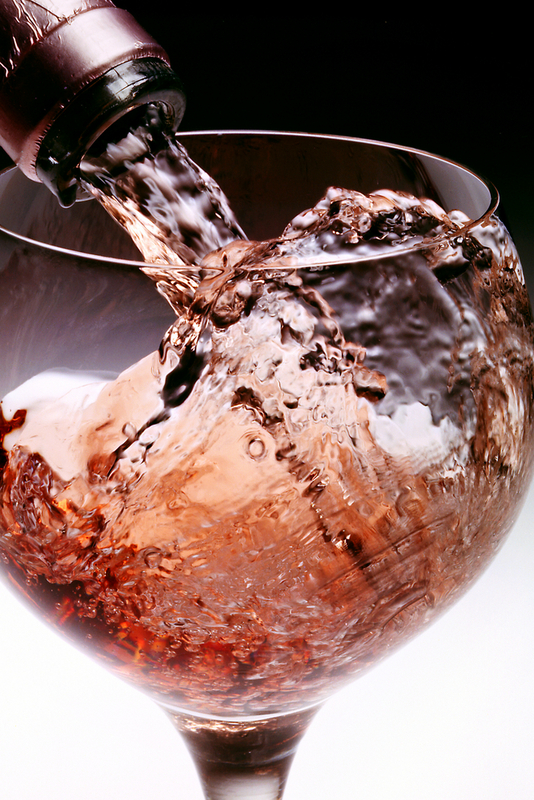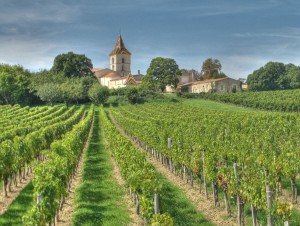 For most red wine drinkers, Bordeaux aficionados included, the best red wines of Bordeaux are not, and will likely never be, the region’s illustrious First Growths, Grand Cru Classés, and other classified or press-deified garagiste wines of miniscule production. Many wine lovers know the best red wines of Bordeaux will be the finest red wines they can afford from the world’s most renowned wine region, but let’s face it: only a small handful of billionaires can afford to fork over thousands of dollars for a single bottle of a fine vintage of Château Margaux, Petrus, or Haut-Brion, and fewer still will wait until these sanctified reds are truly ready to be enjoyed to the fullest. So, what can red Bordeaux lovers do to slake their thirst for fine red Bordeaux?
For most red wine drinkers, Bordeaux aficionados included, the best red wines of Bordeaux are not, and will likely never be, the region’s illustrious First Growths, Grand Cru Classés, and other classified or press-deified garagiste wines of miniscule production. Many wine lovers know the best red wines of Bordeaux will be the finest red wines they can afford from the world’s most renowned wine region, but let’s face it: only a small handful of billionaires can afford to fork over thousands of dollars for a single bottle of a fine vintage of Château Margaux, Petrus, or Haut-Brion, and fewer still will wait until these sanctified reds are truly ready to be enjoyed to the fullest. So, what can red Bordeaux lovers do to slake their thirst for fine red Bordeaux?
Bordeaux, France, is the largest fine wine producing region in the world – a viticultural paradise jam-packed with small, family-owned châteaux and affordable red wine treasures. This is particularly true in excellent vintages produced in 2010 and 2012. Consequently, some of Bordeaux’s best bargains and most pleasing, ready-to-drink red wines can be found among Bordeaux Petits Châteaux, many of which bear just a Bordeaux Supérieur classification.
These are not the “big” names of Bordeaux, nor are any of these châteaux’s wines household words. However, select Petits Châteaux, such as the 2010 Château Barreyre and 2010 Château Laronde Desormes, constitute some of the best bargains in all Bordeaux and are ready to enjoy now. These are tasty, beautiful reds that over-deliver in every way.
For even more bang for the buck, the elegant, silky smooth 2012 Château Saint André Corbin St. Georges St.Emilion is downright irresistible now and much more inviting than many of the wines from its St. Emilion neighbors, most of which cost two to three times the price. Another tasty, affordable gem is the 2012 Château Ducasse Graves, a sophisticated red Bordeaux that demonstrates why Graves, the oldest wine-producing area in Bordeaux, continues to enjoy the favor of critics and consumers alike.
The keys to finding the best red Bordeaux are the track record of a given château and the quality of the vintage. Presently, the 2010 and 2012 vintages are the ones to look for, while we await the best red Bordeaux wines from the outstanding 2014 and 2015 vintages.
Salud!
Don

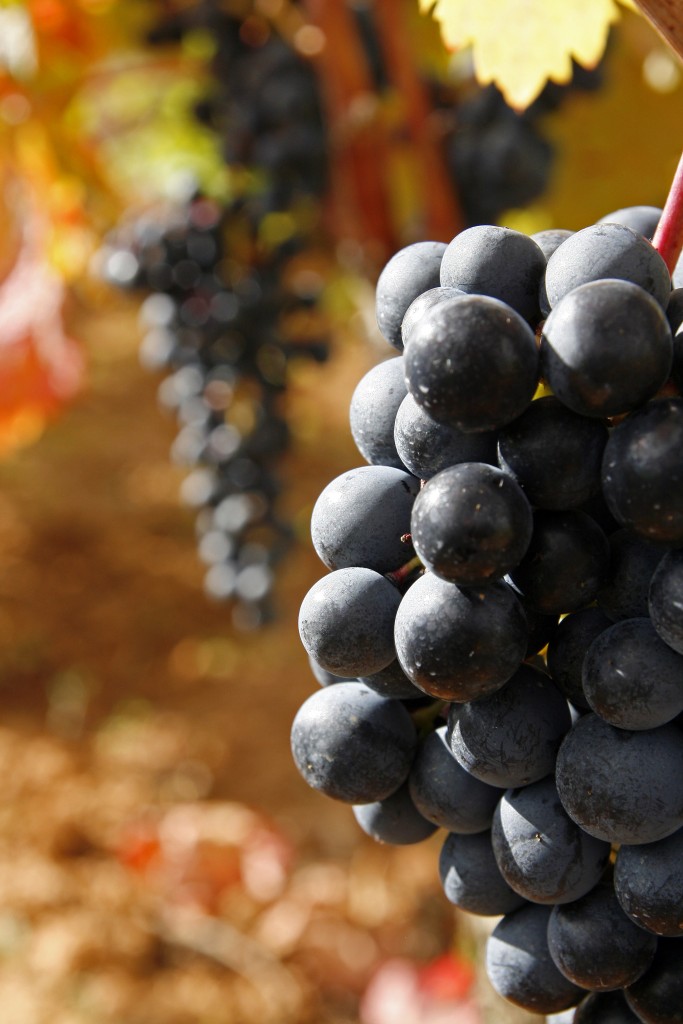

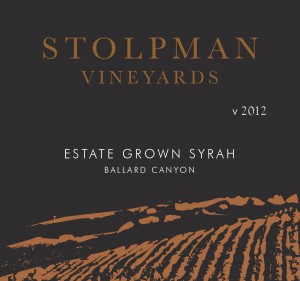
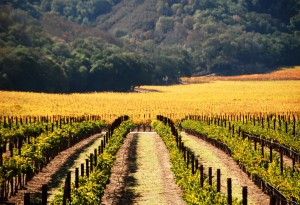
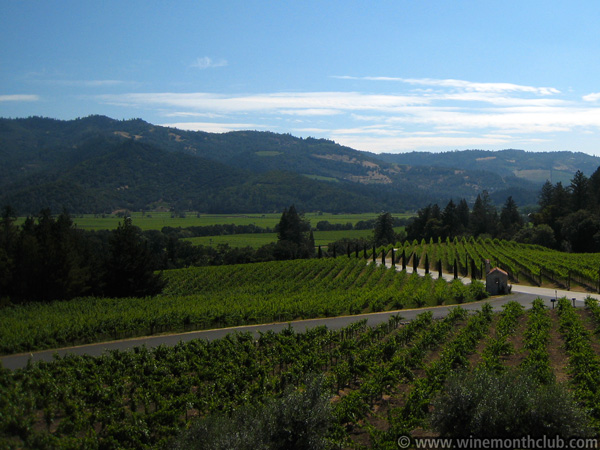
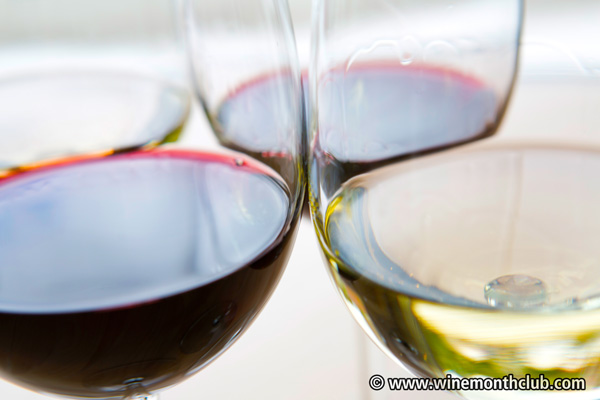 California remains the source of most of America’s greatest Chardonnay and Cabernet Sauvignon wines, with Napa and Sonoma counties enjoying top billing. However, savvy consumers need to know that some of California’s most compelling and often most affordable Chardonnays and Cabernets emanate from small family owned wineries in the big two appellations as well as from wineries outside of Napa and Sonoma. Anderson Valley in Mendocino County, Arroyo Seco and the Santa Lucia Highlands of Monterey County, as well as many areas of Santa Barbara County all fashion outstanding California Chardonnay, while Lake County in northern California and California’s Central Coast (Paso Robles in particular) are increasingly sources of exceptional Cabernet Sauvignons at prices some of us can still afford, so enjoy!
California remains the source of most of America’s greatest Chardonnay and Cabernet Sauvignon wines, with Napa and Sonoma counties enjoying top billing. However, savvy consumers need to know that some of California’s most compelling and often most affordable Chardonnays and Cabernets emanate from small family owned wineries in the big two appellations as well as from wineries outside of Napa and Sonoma. Anderson Valley in Mendocino County, Arroyo Seco and the Santa Lucia Highlands of Monterey County, as well as many areas of Santa Barbara County all fashion outstanding California Chardonnay, while Lake County in northern California and California’s Central Coast (Paso Robles in particular) are increasingly sources of exceptional Cabernet Sauvignons at prices some of us can still afford, so enjoy!